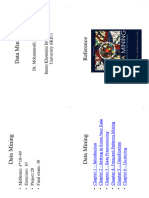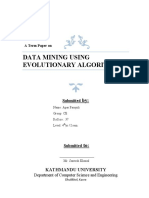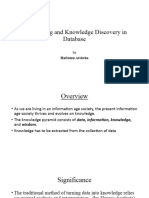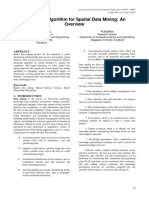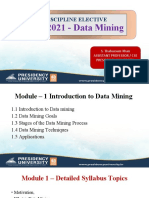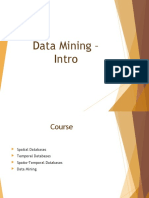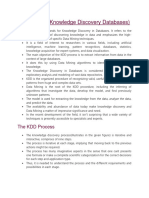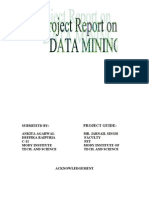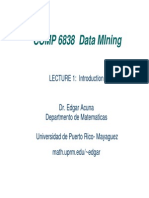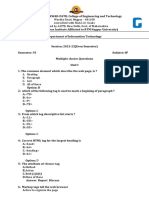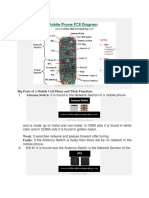0% found this document useful (0 votes)
11 views43 pagesKDDLabManual ForStudentsReference
The document is a lab manual for the Knowledge Discovery and Data Mining course at D Y Patil International University, outlining the course's vision, mission, objectives, and outcomes. It includes detailed descriptions of various experiments using tools like Weka and Python for data preprocessing, outlier removal, and data mining techniques. The manual emphasizes hands-on learning through practical applications in areas such as classification, clustering, and data visualization.
Uploaded by
Sumeet maluCopyright
© © All Rights Reserved
We take content rights seriously. If you suspect this is your content, claim it here.
Available Formats
Download as PDF, TXT or read online on Scribd
0% found this document useful (0 votes)
11 views43 pagesKDDLabManual ForStudentsReference
The document is a lab manual for the Knowledge Discovery and Data Mining course at D Y Patil International University, outlining the course's vision, mission, objectives, and outcomes. It includes detailed descriptions of various experiments using tools like Weka and Python for data preprocessing, outlier removal, and data mining techniques. The manual emphasizes hands-on learning through practical applications in areas such as classification, clustering, and data visualization.
Uploaded by
Sumeet maluCopyright
© © All Rights Reserved
We take content rights seriously. If you suspect this is your content, claim it here.
Available Formats
Download as PDF, TXT or read online on Scribd
/ 43

